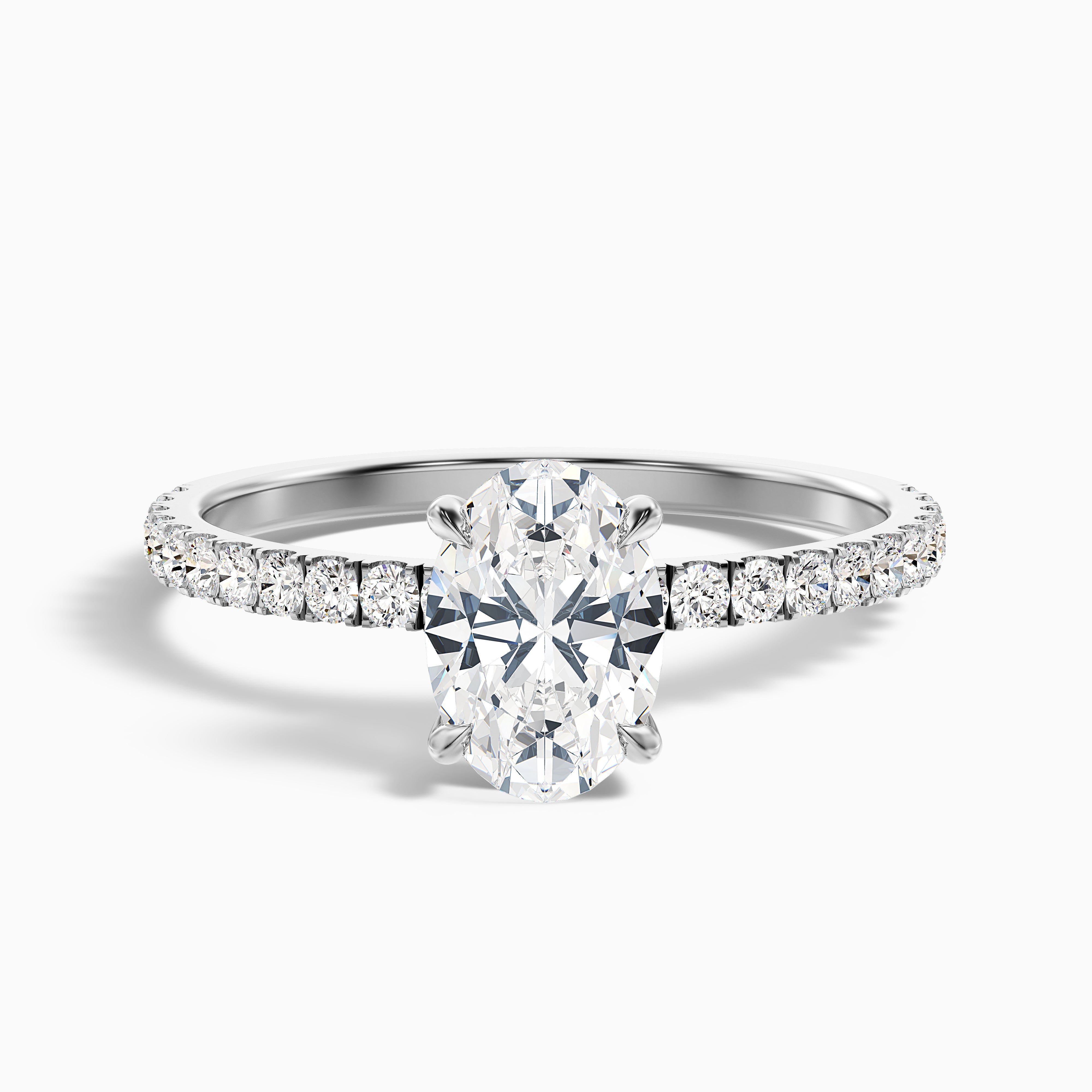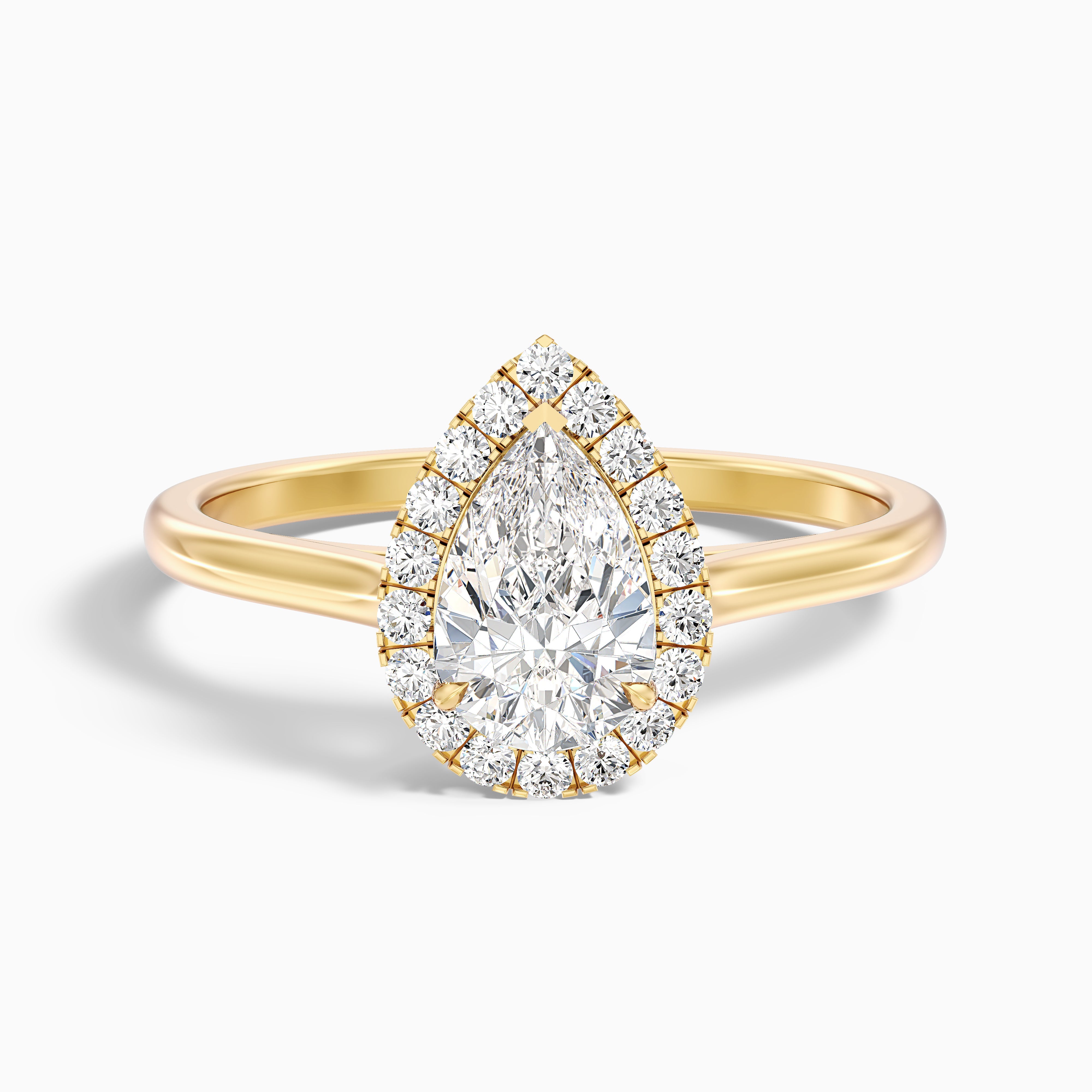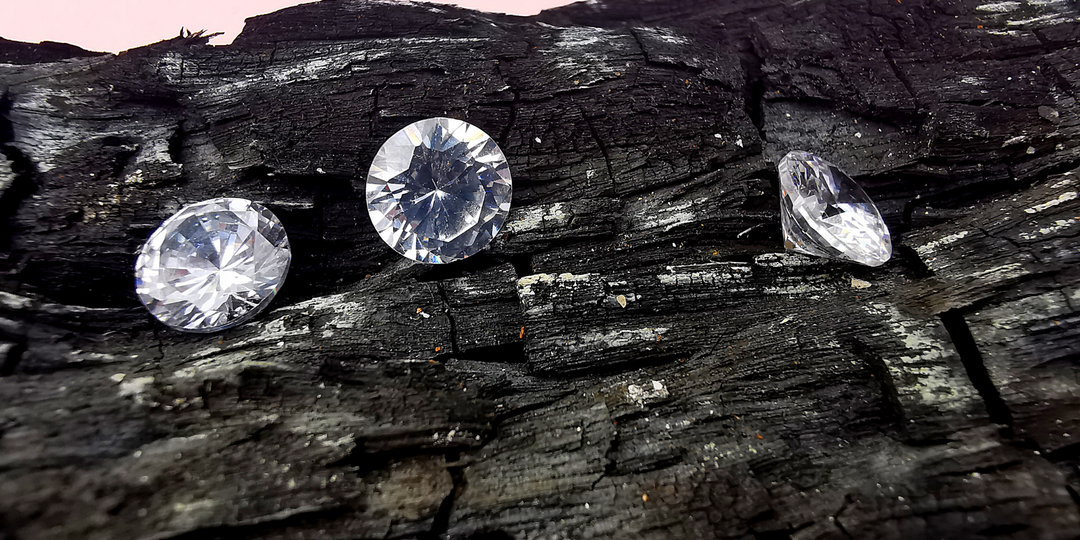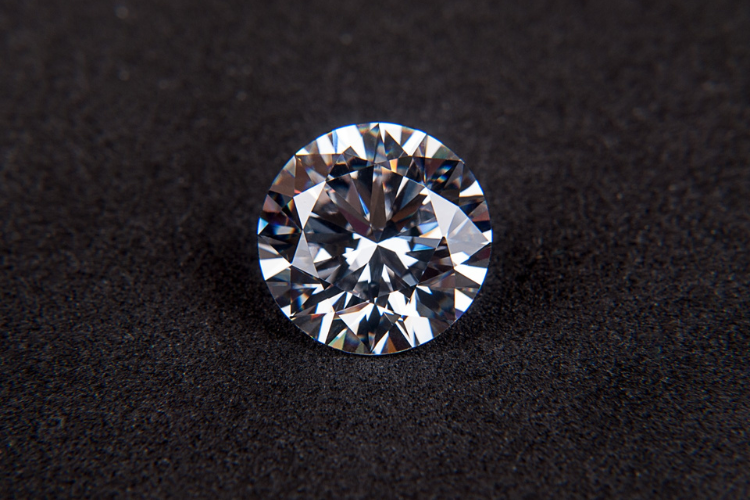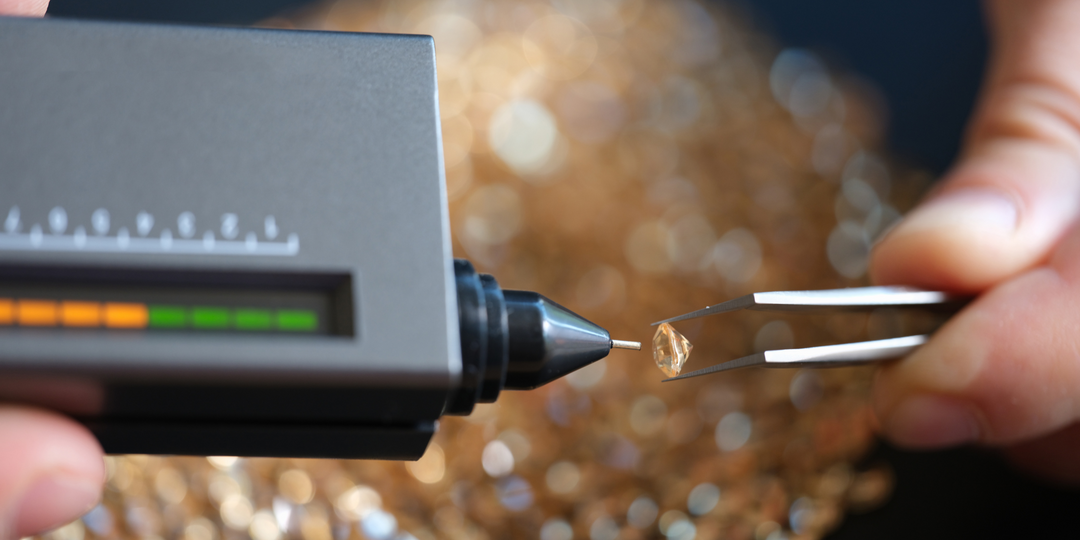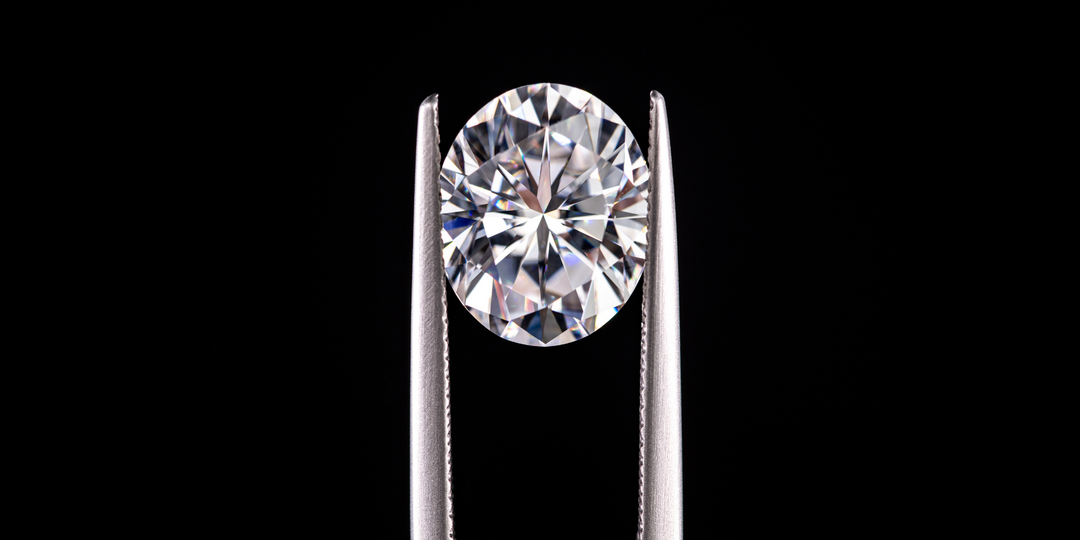How to Choose a 1.5 Carat Diamond Ring?
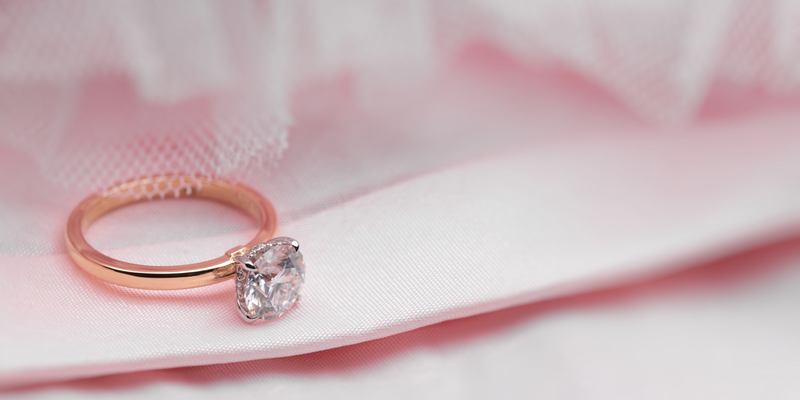
Finding the perfect diamond ring can feel like searching for a needle in a haystack, especially when you’re aiming for something as specific as a 1.5 carat stone. This size is often seen as the sweet spot, big enough to make a statement but not so large that it feels overwhelming.
But before you dive into the dazzling world of diamonds, it’s crucial to understand what makes this particular size so special and how to navigate the countless options available. From the way it sparkles to the factors that influence its price, every detail matters when choosing a ring that’s as unique as the moment it represents.
Understanding 1.5 Carat Diamonds
When people talk about diamonds, the term "carat" often comes up. A carat is just a fancy way of measuring how much a diamond weighs. One carat equals 200 milligrams, so a 1.5 carat diamond weighs 300 milligrams. That might not sound like much, but in the world of jewelry, even small differences in weight can make a big impact on how a diamond looks and feels.
Related Read: MM to Carat Weight Conversion for Diamonds and Gemstones
A 1.5 carat diamond is considered a popular choice because it’s large enough to catch the eye without being over-the-top flashy. It’s also versatile; whether you want something classic and understated or bold and modern, this size works well.
For example, a diamond with a shallow cut might appear larger than one with a deeper cut, even if both weigh exactly 1.5 carats. So, while carat weight is important, it’s only one piece of the puzzle.
How Much is a 1.5 Carat Diamond?
The price of a 1.5 carat diamond can vary wildly depending on its quality. You might find one for a few thousand dollars, while another could cost tens of thousands. Why such a big range? Well, there are several factors at play here.
First off, the “Four Cs” (cut, clarity, color, and carat) heavily influence the price. A diamond with excellent cut, high clarity, and near-colorless appearance will cost significantly more than one with lower grades in these areas. For instance, a 1.5 carat diamond with a poor cut might look dull and lifeless, even if it has good clarity and color. On the other hand, a diamond with an exceptional cut can sparkle brilliantly, even if it has slight imperfections or a hint of color.
Another factor is whether the diamond is natural or lab grown. Natural diamonds tend to be pricier because they’re mined from the earth and are often seen as rarer. Lab grown diamonds, on the other hand, are created in controlled environments and usually come with a significantly lower price tag, often around $1,500 for a 1.5 carat stone. Both types have their pros and cons, which we’ll discuss later.
Key Factors to Consider When Buying a 1.5 Carat Diamond
Choosing a diamond isn’t just about picking the biggest or shiniest one you can afford. There are several key factors to think about, each of which plays a role in determining the overall quality and value of the stone.
Cut: The Most Important Factor for Maximizing Sparkle
If you want your diamond to sparkle, the cut is super important. This just means how well the diamond is shaped and polished. When looking for a 1.5 carat diamond, go for one with a cut grade of “Excellent” or “Very Good.” These are the best for maximum shine. Try to avoid grades below “Good” because they won’t sparkle as much, and you’ll notice the difference!
Clarity: Choosing the Right Clarity for a Balance of Quality and Value
Clarity measures how many flaws, or inclusions, are present in a diamond. These imperfections can affect the way light passes through the stone, potentially reducing its sparkle. For a 1.5 carat diamond, aim for a clarity grade of VS1 or VS2 (Very Slightly Included). These grades strike a good balance between quality and affordability. Diamonds in this range typically don’t have visible inclusions, so they’ll look clean and bright to most people.
Color: How Color Grades Impact Price and Appearance
Diamonds come in a range of colors, from completely colorless to slightly yellow or brown. For this carat, sticking to grades G to I is usually a smart move. These stones appear nearly colorless to the untrained eye but cost significantly less than those in the D to F range.
Certification: Importance of GIA or IGI Certification
Before buying any diamond, make sure it comes with certification from a reputable organization like the Gemological Institute of America (GIA) or the International Gemological Institute (IGI). These certificates provide detailed information about the diamond’s cut, clarity, color, and carat weight, giving you peace of mind that you’re getting what you paid for.
Avoid diamonds without certification or those certified by lesser-known labs, as their grading standards may not be as reliable. A GIA or IGI certificate ensures transparency and helps you compare diamonds accurately.
Best Diamond Shapes for a 1.5 Carat Ring
The shape of your diamond can change how it looks and feels. Some shapes make it look bigger, while others focus on sparkle or stand out as unique. Here are some great picks for a 1.5 carat diamond:
-
Round Brilliant: A classic choice that’s super sparkly and works with any style. You can’t go wrong with this timeless shape.
-
Oval: Looks bigger than a round diamond of the same size and even makes your fingers look longer and slimmer.
-
Cushion: Soft, rounded edges give it a vintage feel. It’s sparkly with a touch of old-school charm.
-
Princess: Sharp corners and a modern, edgy look. Great for bold, contemporary designs.
-
Emerald: Sleek and classy with a step-like design. It doesn’t sparkle as much but has a super sophisticated vibe.
Choosing the Right Ring Setting
-
Halo: A ring of tiny diamonds surrounds the main diamond, making it look bigger and extra sparkly. It’s a great choice to get a big, bold look without spending too much.
-
Pavé: Tiny diamonds are set close together along the band, adding lots of shimmer to complement the center diamond. Perfect if you love a fancy, detailed design.
-
Three Stone: This setting has two smaller diamonds on either side of the main one, symbolizing the past, present, and future. It’s a meaningful and shiny choice for an engagement ring.
-
Bezel: A thin metal rim wraps around the diamond, giving it a simple, modern look. It’s super secure and great if you’re active or on the go.
-
Vintage: Love old-fashioned charm? Vintage settings include pretty details like filigree or milgrain edges for a romantic, timeless vibe.
When choosing a ring setting, think about your style, what you do every day, and how much care you're willing to give it. Halo and pavé settings look great but might need more cleaning, while bezel or solitaire settings are simpler to take care of.
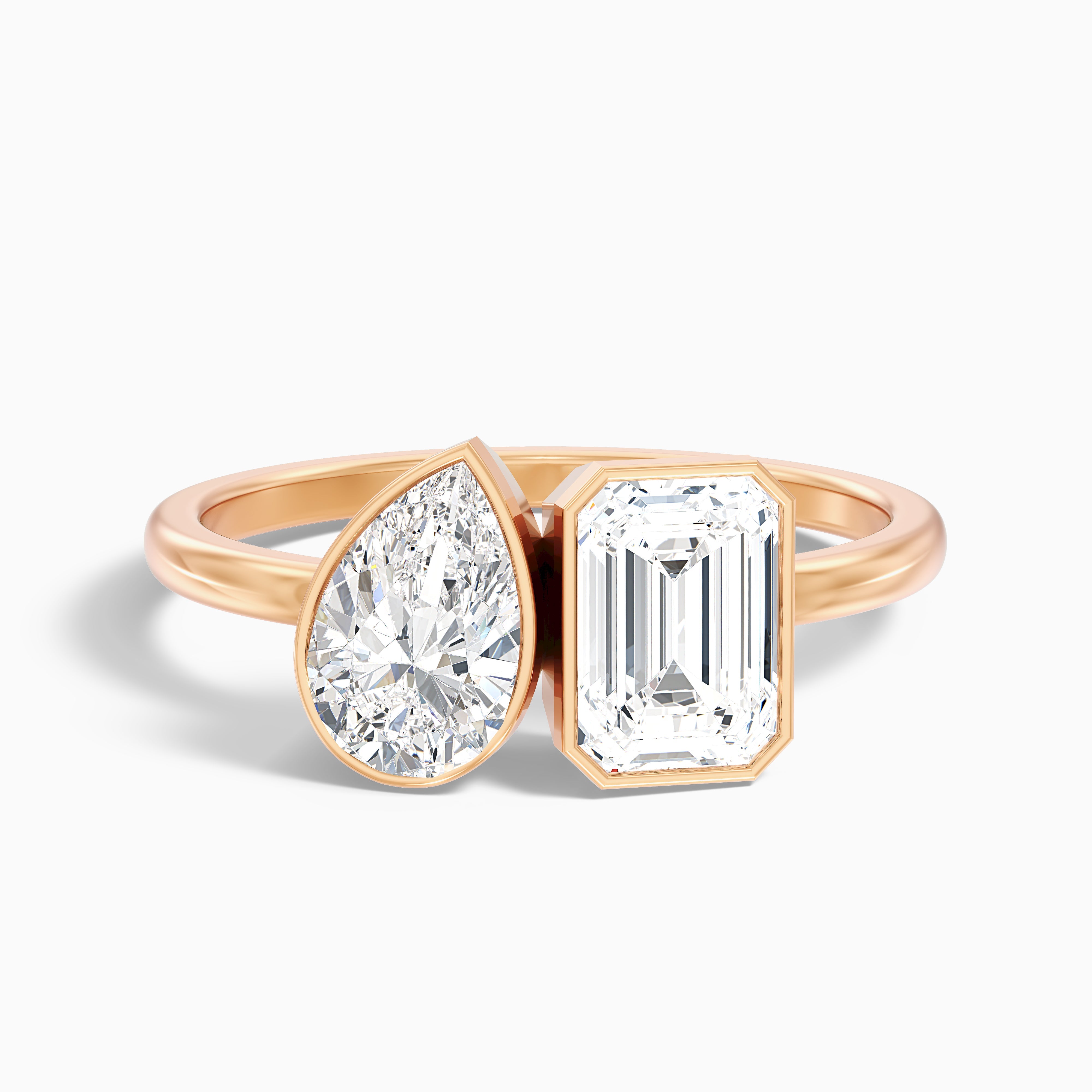 Customize Now
Customize Now
Natural Vs Lab Grown 1.5 Carat Diamonds
Choosing between a natural diamond and a lab-grown diamond for your 1.5 carat stone can feel like a big decision. Both have their pros, and the best choice depends on what matters most to you.
Natural Diamonds: The Classic Pick
Natural diamonds are made deep in the earth over billions of years. They’re unique, with no two being exactly alike, and are often seen as rare and special. But they come with a higher price tag, and mining them can sometimes raise environmental and ethical concerns (though conflict-free options are available). If you go for a natural diamond, you might need to spend more to get the size, cut, or clarity you want.
Lab-Grown Diamonds: The Modern Option
Lab grown diamonds are made in high-tech labs, but don’t let that fool you because they’re identical to natural diamonds in every way. The bonus? They cost a lot less. That means you might be able to get a bigger or better-quality diamond for your budget. They’re also more eco-friendly since they’re not mined. However, some people feel they’re less “special” because they’re not rare.
At the end of the day, it all comes down to what you value: tradition or modern innovation, rarity or affordability. Both natural and lab grown diamonds are beautiful, so choose the one that feels right for you!
Where to Buy a 1.5 Carat Diamond Ring
Choosing where to buy your diamond ring is just as important as selecting the diamond itself. Here are some popular options, each with its pros and cons:
Online Retailers
Shopping online for diamonds is super easy and often cheaper. Caratbee lets you browse tons of options and even see diamonds with 360-degree views. The downside? You can’t see the diamond in person until it arrives. Stick to trusted sites like ours with good return policies to feel secure.
Jewelry Stores
In-store shopping lets you see and try on diamonds before you buy. Plus, the staff can help you choose the perfect one. The catch? Prices are usually higher, and the selection is smaller compared to online.
Custom Jewelers
Want something unique? Custom jewelers can create a piece just for you. It’s more expensive and takes time, but you’ll get exactly what you want. Just make sure to pick a jeweler with great reviews!
Conclusion
From understanding the nuances of cut, clarity, and color to weighing the pros and cons of natural versus lab-grown diamonds, every step in the process shapes the story your ring will tell. Whether you’re drawn to the round diamond or the modern edge of an emerald cut, the right combination of stone and setting can transform a simple piece of jewelry into a cherished symbol of love and commitment.
By taking the time to explore your options, prioritize what matters most to you, and shop wisely, you’ll end up with a ring that’s not only beautiful but also deeply meaningful.

